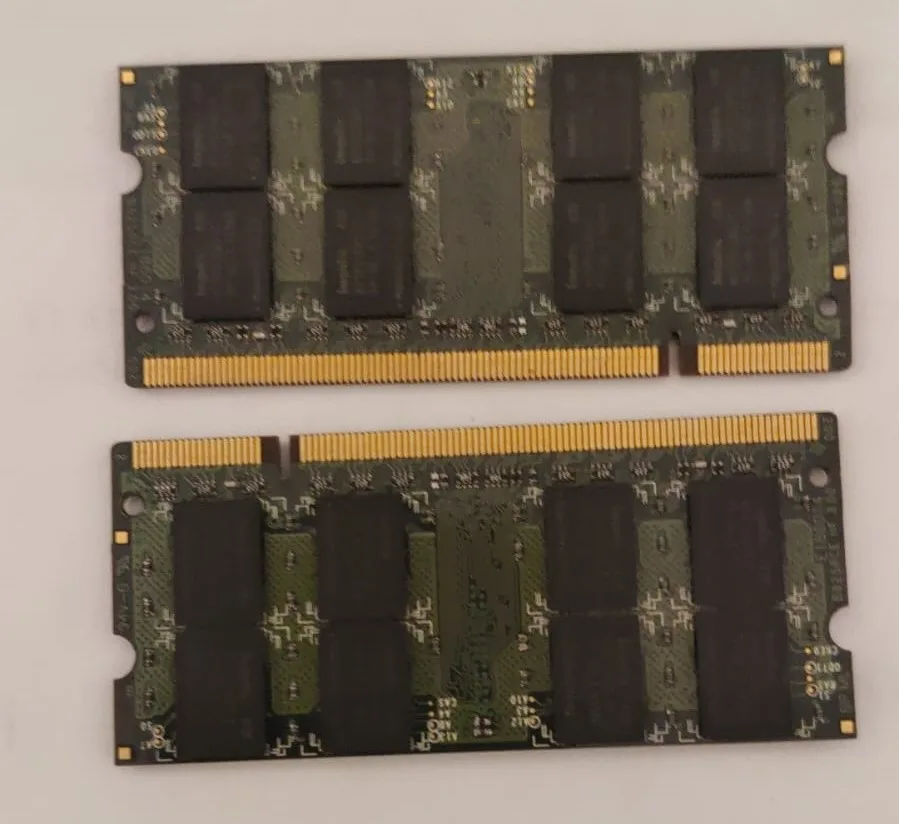
Hardware Components. Random Access Memory
RAM, also known as Random Access Memory, is the main component of your computer’s memory system. It is the main memory utilized by functioning applications and processes. Picture it as the temporary area on your computer where data and instructions necessary for immediate access by the CPU are stored.
Key Features of RAM:
- Fast Access: RAM has very high read and write speeds, enabling rapid retrieval and storage of information by the CPU. It is essential for the program to run smoothly.
- Random Access: RAM allows for immediate access to any data point in its memory, unlike storage drives which require locating specific locations. This reduces waiting periods and guarantees speedy access to essential information.
- Volatility: All information saved in RAM is erased when you shut down or reboot your computer.
RAM and Processing Capacity:
The quantity of RAM in your system has a big impact on its overall performance. Increased RAM capacity enables users to efficiently run multiple programs at the same time without experiencing noticeable delays. Nonetheless, it is not the only determining factor. The overall processing power is influenced by the speed of the CPU, storage, and other components.
Virtual (Swap) Memory
When the RAM is full and unable to manage all tasks, virtual memory comes in place. It uses a section of your storage drive, such as a hard disk drive or solid-state drive, to function as additional RAM. Nevertheless, it’s crucial to keep in mind that virtual memory operates at a slower pace compared to RAM. Although data remains on the storage drive after restarts, accessing it is much slower compared to accessing data from RAM directly.
RAM Capacity and Measurement:
The typical way to measure RAM capacity is in Gigabytes (GB). Current technology typically includes modules of 8GB, 16GB, 32GB of RAM and that is subject to change, varying based on the intended purpose. Having more RAM is advantageous for activities such as multitasking, operating resource-intensive programs, and editing videos.

DDR 2 RAM example
RAM Attributes:
- Capacity: The total gigabytes in the RAM modules, also called Dual In-Line Memory Modules (DIMMs), determine this.
- Generation: There are various types of RAM generations including DDR1, DDR2, DDR3, DDR4, and the most recent DDR5. Every new generation usually brings enhancements in speed and efficiency compared to the last one. DDR stands for Double Data Rate and it is a type of Synchronous Dynamic Random-Access Memory.
- Transfer Rate: This indicates the highest possible data transfer speed of the memory device, measured in megabytes per second (MB/s) or gigabytes per second (GB/s). It is crucial to recognize that actual speeds in real-world scenarios could be slower because of different factors present in the system.


